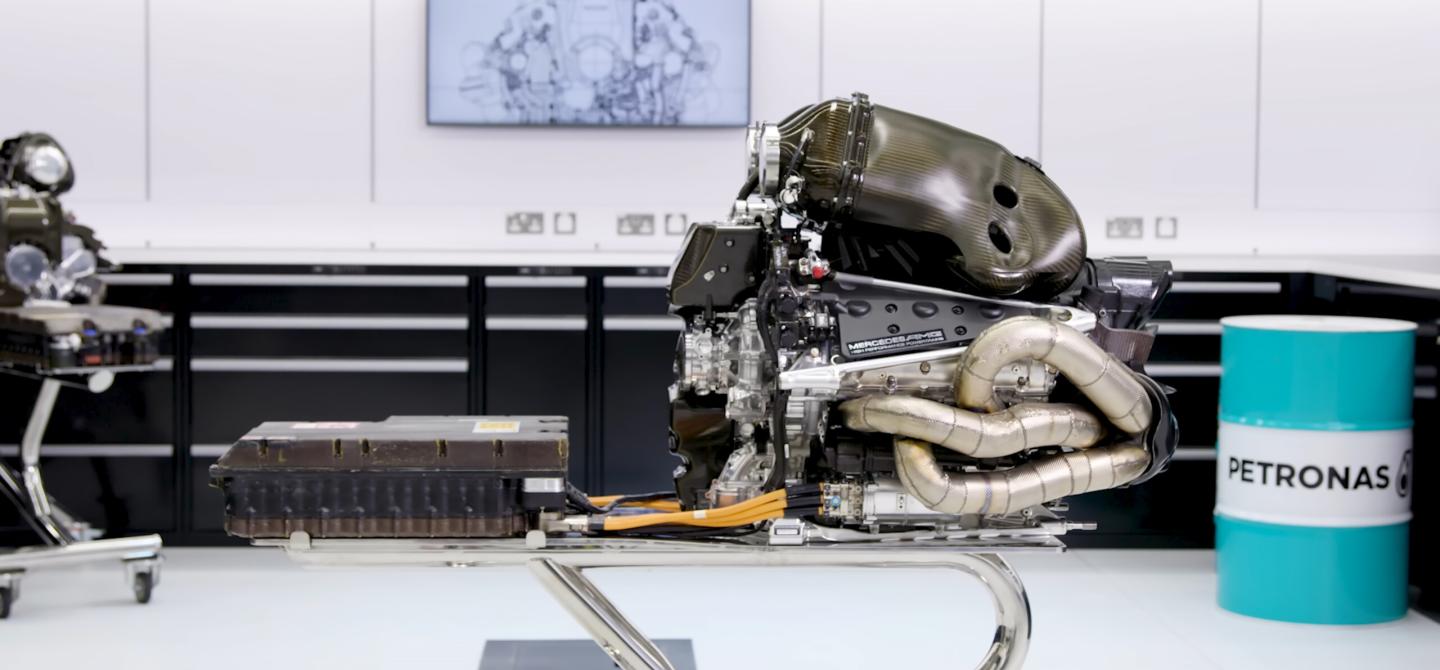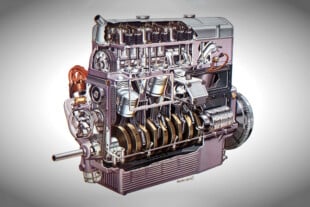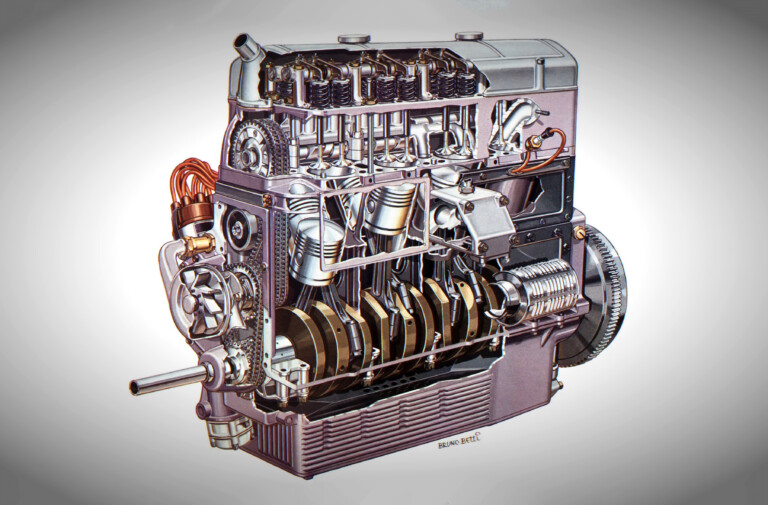It’s been a little bit since we’ve covered an Engineering Explained video, but recently, Jason Fenske explained why Formula 1 engines will be significantly down on power in the upcoming 2026 season. We’ve discussed the advancements of the internal combustion side of the F1 engines in the past, so on its surface, it seems ludicrous that the next generation of engines will make significantly less power via combustion. Well, the answer is simple: rules.
To put it simply, the Fédération Internationale de l’Automobile (FIA) is restructuring the rules on F1 engines to restrict the output of the internal combustion powerplant, and increase the output of the electrical portion of the hybrid engine to make up for the difference in power. We’re not going to touch on the reasoning for the changes, but we are going to turn to Fenske as he explains how they are restricting the power, which is pretty interesting.
Kneecapping the ICE
“The basic architecture of [the next generation Formula 1] engine is very similar, being a 1.6-liter V6 turbocharged engine. However, in the future, it’s going to be making significantly less power,” says Fenske. He then dives into how the FIA is changing the limits on the internal combustion powerplant. “It’s going from a fuel mass-flow limit to an energy-flow limit. The current restriction is 100 kg/hr of fuel flow, and the switch in the 2026 season will be to 3,000MJ/hr fuel limit.”
Fenske then dives deep into his engineering skillset along with his ever-present whiteboard, calculating the current power output of the combustion portion of the F1 engines at 830 horsepower, while using math based on fuel flow to estimate the output of the new-generation combustion engines at only 560 horsepower. In addition to the energy limit, there are a couple of other constraints coming that are fuel related.
“Currently there is no octane limit on the fuel,” says Fenske. “Additionally, there’s nothing specifically regulating the fuel’s density.” Anyone who knows how to get into the gray area of a rule book sees that means that if you can get a more energy-dense fuel, you can make more power than the next guy. However, in 2026, they will be regulating the maximum fuel octane, and going to an overall power potential limit. That means that even if you found a more energy-dense fuel, you would be forced to run less of it.
Fenske also points out that the fuel’s oxygen requirement will double. While with traditional gasoline, that would probably just be a larger portion of ethanol, the series will also be switching to sustainable “e-Fuel” (which we’ve touched on before here and here) so no one in the public space is really sure (or will admit to) what it’s makeup will look like or what its power density will be. Fenske makes some calculations based on logical assumptions, but who knows how close to reality those will be when the new fuel’s specifics become public knowledge.
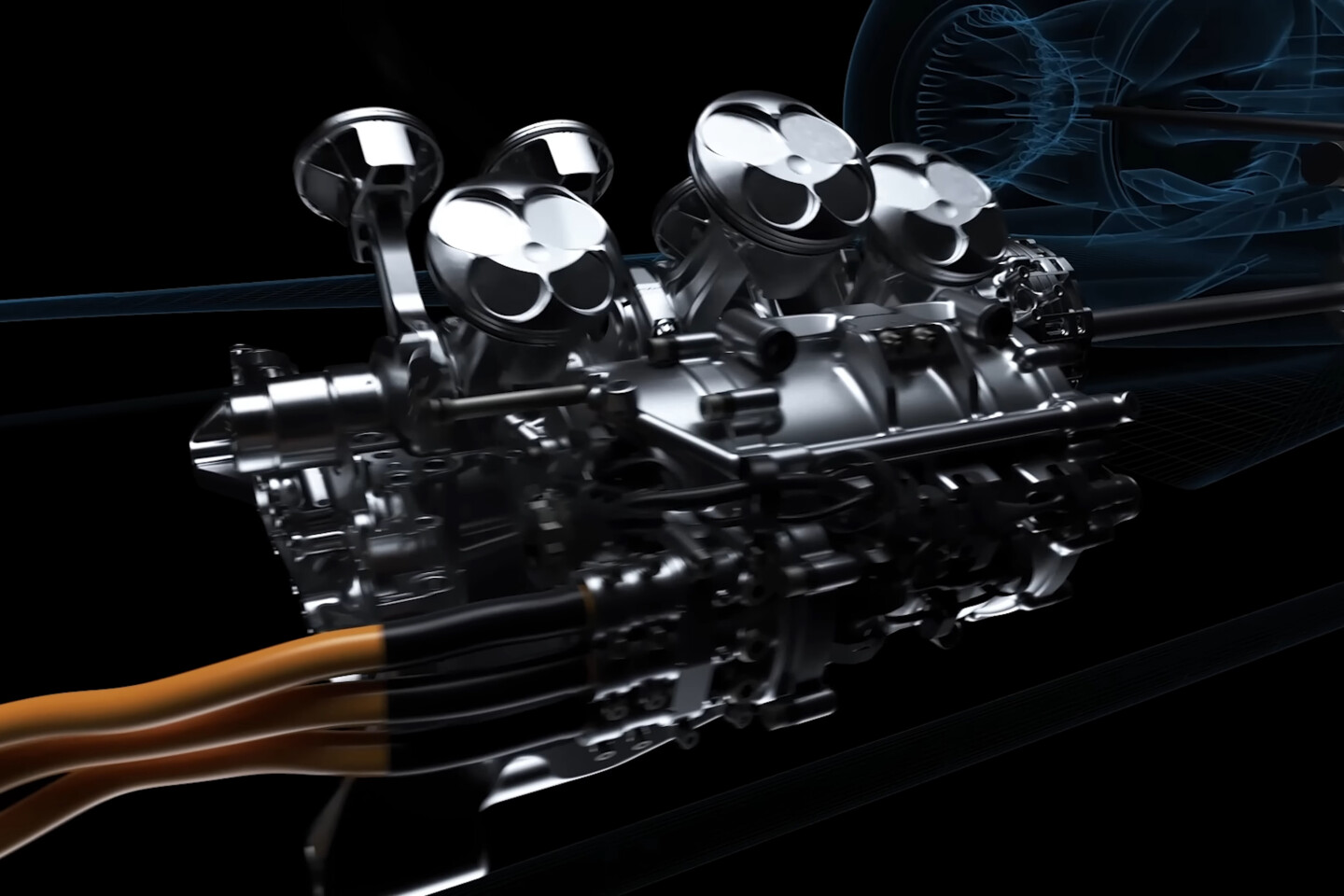
Mechanically, the 2026 Formula 1 internal combustion engines will be similar, as 1.6-liter turbocharged V6s.
A Brief Look At Motors
Since this is EngineLabs and not our sister magazine, Electrified, we’re only going to gloss over the electrical side of the new powerplant rules. If you want an in-depth discussion, make sure to pay attention at the 5:25 mark in Fenske’s video. The quick and dirty is, they are eliminating the MGU-H (the power unit attached to the turbocharger) and increasing the output of the MGU-K (the power unit attached to the crankshaft) from 160 horsepower to 470 horsepower, increasing the amount of energy allowed to be generated per-lap by 4.5 times, but keeping the battery size the same. Again, not our wheelhouse, but interesting information nonetheless. We recommend watching that section.
Lean, Mean Racing Machines
As Fenske points out, F1 engines tend to run very lean with their current gasoline-based fuels, and gasoline doesn’t typically like to run lean when making power. “There are two rules that come with the new regulations that are interesting to look at,” says Fenske. “The minimum intake air temperature and maximum intake pressure.”
The intake temperature rule says that IATs must be no less than ambient plus 10 degrees Celsius “You’ve got a turbocharger packing a bunch of boost in, chances are it’ll be pretty tough to get anywhere close to that limit,” concludes Fenske. The intake pressure rule says that absolute pressure in the manifold must not exceed 4.8 bar. If we take out 1.013 bar for atmospheric pressure, that means that the engines will be limited to just under 55 psi of boost. “When I heard these two numbers, it was very interesting to me, because I know how much air they can put into the car, and how much fuel they can put into the car, I can calculate a theoretical air-fuel ratio. How lean can this engine actually run,” Fenske questions.
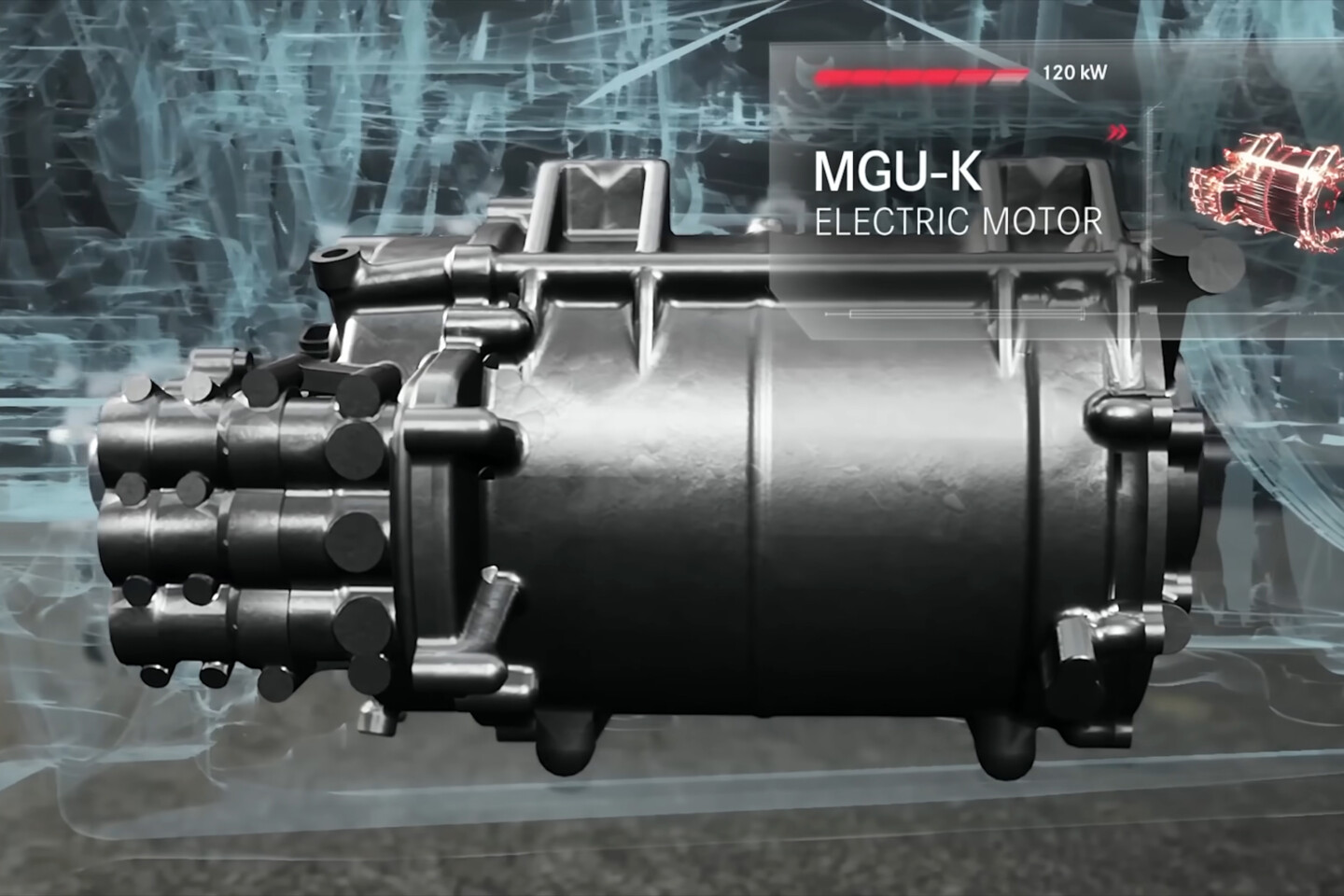
While the internal combustion portion of the powerplant will be down about 300 horsepower, the electric motor will be upped a similar amount, although the turbocharger-based power units will no longer be in play.
Fenske then goes on to calculate the F1 engines’ theoretical mass airflow at 10,500 rpm, and the fuel flow, which is where some supposition starts. For the sake of argument, Fenske takes the 20-percent ethanol figure from his previous calculations (regarding the oxygen content rule) and simply assumes an 80/20 mix of gasoline and ethanol. That gives an operational air-fuel ratio at 10,500 rpm of 37.9:1, or a lambda of 2.8. “That’s a ton of air and very, very lean,” says Fenske. “I really doubt the engines will be running that lean.”
Of course, that calculation assumes gasoline. If, ostensibly, e-Fuel is made from hydrogen and CO2, and hydrogen has a stoichiometric point of 34:1 we can opine that the stoichiometric point of e-Fuel might be far leaner than that of the assumed E20, where 80 percent is made up of traditional gasoline and 20 percent is ethanol (the 13.5 number in Fenske’s lambda calculation is a weighted average of gasoline’s 14.7: stoich point, and ethanol’s 9.7:1 stoich point).
That will bring the lambda number in Fenske’s calculations closer to something we’re used to seeing, but still an astronomically high lambda. But, seeing as our knowledge of e-Fuel’s composition is nil, this is all just a random shot in the dark, with ideas that Fenske’s presentation bubbles up to the surface. Regardless of the fuel being used in 2026, the fact remains, the 1.6-liter internal combustion engine will be down almost 300 horsepower, with the bulk being replaced by an extra 300 horsepower from the MGU-K electric motor.


